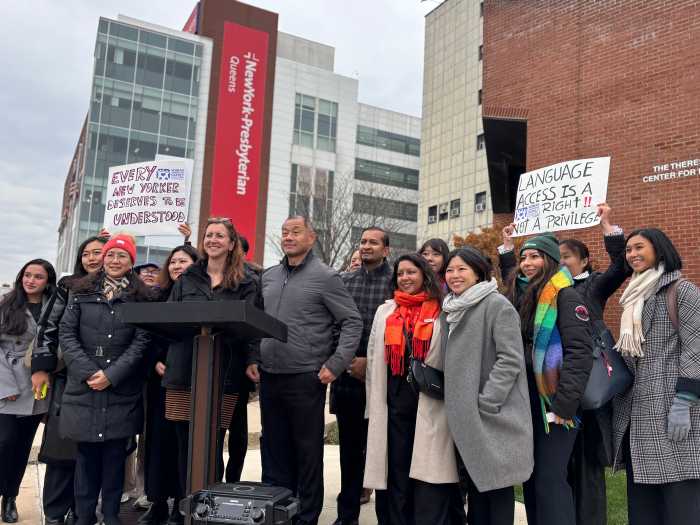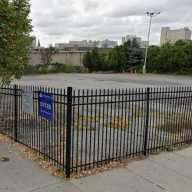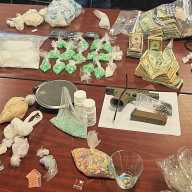State officials will be reassessing this week the “red zones” in Brooklyn, Queens and upstate counties where COVID-19 cases spiked last month and are now seeing a decline in infections, Governor Andrew Cuomo said Monday.
The governor reported during a reporters’ conference call that positivity rates for the red zones on Sunday, Oct. 18, was 3.3 percent. Sunday test result numbers are usually lower by nature, given that fewer tests are reported that day — yet Cuomo noted that number represented a sharp decrease in infections over the past two weeks in the “micro-clusters” where COVID-19 has surged.
On Oct. 8, the state and city instituted restrictions on businesses and schools in “red zones” designated in central Queens, Far Rockaway and southern Brooklyn after a jump in the positivity rate. The restrictions were scheduled to remain in place for at least two weeks as officials worked to expand testing and enforce mask and social distancing requirements to decrease infections.
Restrictions were also set up in “orange” and “yellow zones” to guard against a potential COVID-19 surge in neighborhoods adjacent to the red zone.
With numbers now moving in the right direction, Cuomo said, the time has come to reassess the extent of each red zone to better pinpoint the cluster’s movement. That means shifting the red zone borders around — something which could happen as early as this Wednesday.
“The numbers have come down, particularly in Queens, and we can adjust the zones. You can make them bigger or smaller because you have the numbers block by block,” Cuomo said. “As these areas get better, you can rewrite the size of the zones, and that’s what we’re looking at doing now. If we know that certain activities are going to be curtailed, which we believe have been significant generators [of COVID-19], then we can do even more.”
The Brooklyn red zone has seen its positivity rate decrease from 5.86 percent the week of Oct. 4 to 10 to 5.29 percent the week of Oct. 11 to 17. The Forest Hills/Kew Gardens Hills red zone in Queens had its positivity rate drop from 3.71 percent the week of Oct. 4 to 10 to 2.58 percent the week of Oct. 11 to 17.
And in Far Rockaway, positivity rates plunged from 2.88 percent the week of Oct. 4 to 10 to 2.08 percent the week of Oct. 11 to 17.
Cuomo said the decreasing positivity rates were a sign that the state’s “aggressive” approach to combating micro-clusters where they develop is working to contain the spread of the virus.
“When we see a flareup or a hot spot, we jump all over it,” the governor said. “The micro-clusters are, I think, the most sophisticated way in the country to go about this.”
Going deeper into the fall, Cuomo anticipates that as one micro-cluster fades, another one will pop up — and that will require another intense effort to expand testing, enforce regulations and institute social distancing wherever the clusters develop.
“The micro-cluster approach, first of all, targets the outbreaks sooner, faster and tighter, and the restrictions are only neighborhood-wide,” he explained. “Now, that neighborhood may not like it, but it’s only a piece of Brooklyn, Queens, Orange or Rockland. It’s not the entire region. It’s not even the county or the city.”
Counting the red zone infection rates, New York City’s positivity rate was 1.3 percent as of Monday, Cuomo noted, while the state’s rate was 1.2 percent. The percentages remain among the best in the United States.
As of Oct. 18, 934 New Yorkers statewide were hospitalized for COVID-19, with 98 new patients admitted and 80 discharged. Of those hospitalized, 198 are in intensive care units, and 106 of them are on intubation. There were 14 COVID-19 deaths reported Sunday — including three in Brooklyn and one each in Manhattan and the Bronx.
This story originally appeared on amny.com.



































